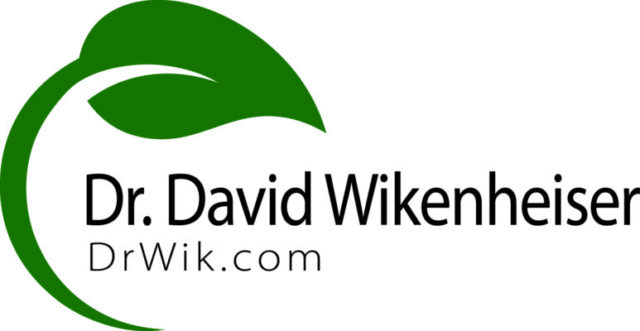Our bodies are made up of cells. Cells are essentially bags inside of other bags. To live well and function the way we need to have a healthy life, we need to have high levels of cellular energy.
Our cellular energy comes from our food, and oxygen is essential for converting food energy into human energy. To make this process more understandable, I will outline the biochemistry of energy in nature and our bodies.
Sunlight loads plants with energy. The green pigment chlorophyll absorbs sunlight energy. In chlorophyll, there are atoms and collections of atoms known as molecules. With sunlight energy, atoms and molecules are combined to make larger molecules. Those larger molecules become food. The sunlight energy is loaded into the bonds that hold the molecules together.
We eat food, digest it, and absorb it into our bloodstream. From our blood, the nutrients from our food are absorbed into our cells. An organelle is one of the types of smaller bags inside of a cell. Mitochondria are one of the types of smaller bags inside of a cell.
Inside our mitochondria, the energy in our food is converted into a form of energy we can use. This process starts with oxygen.
Oxygen releases the energy in our food, which is then loaded onto a hydrogen ion and combined with Nicotine Adenine Dinucleotide (NAD). NAD is a molecule made up of two vitamin B 3 molecules. The energy from the hydrogen ion is combined with the NAD molecule, turning it into NADH plus a second hydrogen ion, NADH+H.
This high-energy molecule drives a process where energy is loaded into another energy molecule called ATP. Adenosine Tri Phosphate (ATP) is the most common energy molecule in the human body. Think of it as a three-dollar bill of energy.
There is a limitation in the conversion of food energy to NADH+H, then onto ATP. The recycling of NADH+H back to NAD is slow. According to Dr. Frank Shallenberger the ideal ratio of NAD to NADH+H is 1000 to 1. Meaning that you must have enough NAD in your system to fully absorb the energy released from your food by oxygen.
For many people supplementing NAD as a supplement or as a medical treatment has noticeably increased their overall energy levels.
We offer three types of NAD supplementation. The first is in pill form. I have recommended NAD in pill form since 1997. It is a useful supplement. I also recommend, for some patients injected forms of NAD.
One of my patients is a 54-year-old woman. She is the mother of six children. Two years ago she was diagnosed with “congenital heart failure”. When I assess every patient I ask questions. One of my first questions is “Are you broken or just out of gas?” If this woman did in fact have “congenital heart failure” she would have, by definition, had it since her birth. And, it would have definitely shown up with her first pregnancy! It did not. So, I was optimistic that she was actually “out of gas.”
I recommended that she have intravenous NAD, and we treated her with 100 mg of NAD in the neutral intravenous carrier solution “normal saline”. She improved enough to return to her Taekwondo classes; without my consent. A month later she had a second intravenous NAD treatment, this time with Vitamin C, magnesium, and B Vitamins.
A month after her second NAD treatment she reported an important change in her heart function. Our hearts are fluid pumps. Fluid pumps that function like our hearts only expel a percentage of the fluid they contain since they must retain some liquid to continue pumping. The amount of blood expelled with each heart beat directly affects blood flow, oxygen delivery, and energy in your body. This movement of blood out of the heart is called the ejection fraction. A heart is seen as healthy when it ejects 55 to 65% of the blood it contains with each heartbeat.
This patient reported her heart ejection fraction went from 20% up to 55%. She asked her cardiologist if her improved heart function could be the result of her heart medications. She was told no.
I am not saying that NAD can cure heart disease. I am saying that this patient was low on NAD and the intravenous NAD gave her heart more energy.
NAD levels directly affect your energy levels. Supplementing NAD in pill form or as an injection may be an important treatment for solving your low energy.
